
This logo isn't an ad or affiliate link. It's an organization that shares in our mission, and empowered the authors to share their insights in Byte form.
Rumie vets Bytes for compliance with our
Standards.
The organization is responsible for the completeness and reliability of the content.
Learn more
about how Rumie works with partners.
Meet Stacy!
As a hobby, Stacy makes cupcakes for her friends' birthdays. Her friends rave about what an amazing baker she is and one of them exclaimed that she should sell these to restaurants.
Stacy starts pitching her business idea to local small businesses and is able to secure a few deals. Sweet!

However, in a matter of weeks, everything is a mess! She realizes she needs to order more cupcake pans to support the demand. After buying a new fridge to hold her cupcake supplies, Stacy just learned that the price of butter increased. Oh no!
Tax season soon arrives and, hold on a second...did she keep all her receipts?

Tracking what comes in and out of your business is vital to the success of your small business. While having an accountant from the start isn't necessary, you need to be prepared to do some bookkeeping to maintain your small business.
Did you know?
Bookkeeping tasks involve keeping records of financial information such as receipts, invoices, and bank statements. Accounting tasks involve translating the financial information into data that can provide insight to the health of your business in terms of financial statement preparation, tax planning, and auditing.
Get Started
1. Choose a Business Legal Structure
The business structure you're likely to choose when starting out is either a sole proprietorship or a limited liability company (LLC).

Sole Proprietorship
Pros:
requires little setup or formal requirement to register with a state in the U.S.
great for a small customer base
easy to close the business
Cons:
less credibility
no tax benefits
minimal growth potential
you're liable for anything your business owes
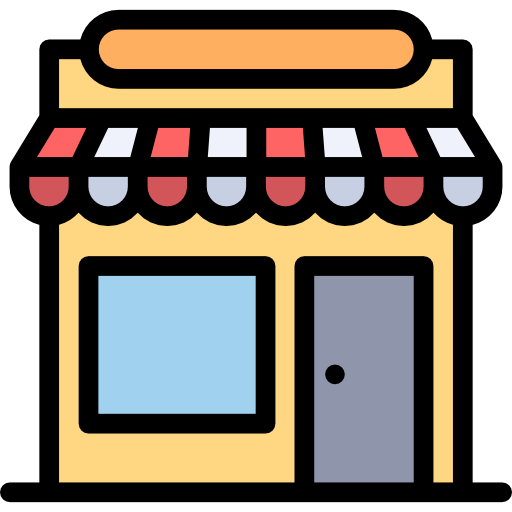
LLC
Pros:
more credibility by adding "LLC" to your company name
easy to obtain financing that will help your business grow in the long run
protect your personal assets from legal liability in case your business fails
you can have multiple business partners in the future
Cons:
more expensive to start compared to a sole proprietorship
yearly maintenance fee and paperwork to renew any licenses or permits
Quiz
Stacy wants to build up her cupcake business. She knows that she wants it to be her main source of income one day. What legal structure should Stacy start out with and why? Select all that apply:
Starting an LLC requires a yearly maintenance fee and is more expensive to start compared to sole proprietorship. The answer cannot be "Sole proprietorship: easy to set up" because Stacy wants her cupcake business to be her main income source in the long run.
What's Next?
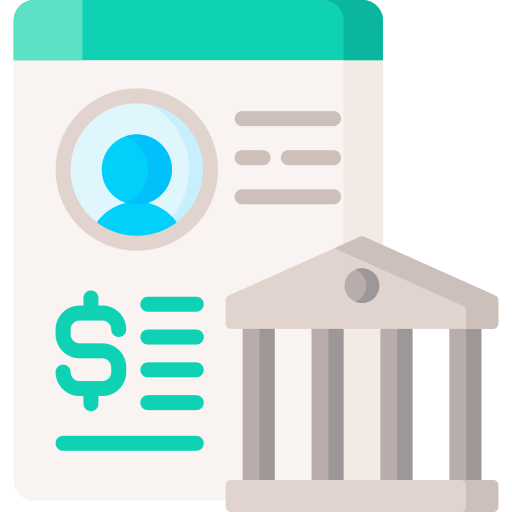
2. Open a Separate Bank Account for your Small Business
You'll need to name your business and have it registered by applying for an Employer Identification Number (EIN) in the U.S.
Having a separate bank account for your business is important because it keeps the income you earn from your small business separate from your personal funds.
Down the line, you can obtain funding from creditors or investors easily.
3. Choose an Accounting Method
There are two types of accounting methods for recording business transactions: cash basis and accrual basis.
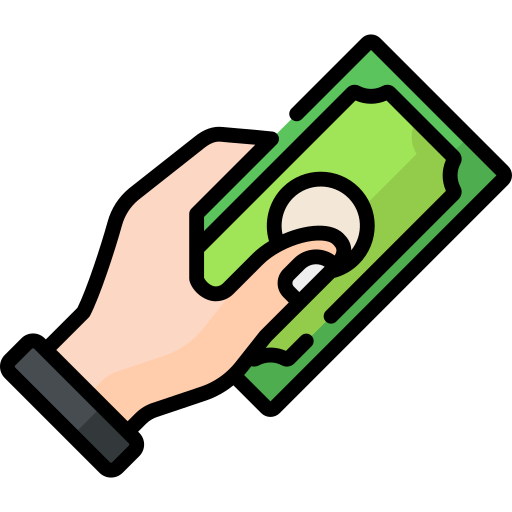
Cash Basis:
Cash basis is frequently used by freelancers. In this method, you record income and expenses only when cash transactions are done.
For example, you record revenue for a 6-pack of cupcakes only when the customer pays you.
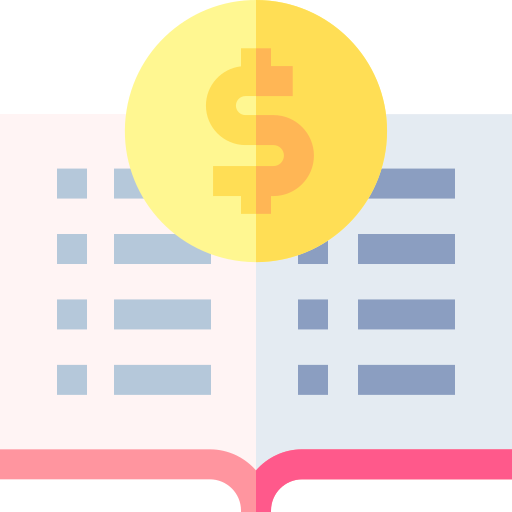
Accrual Basis:
While more complicated, this method gives a more accurate picture of the performance of your business. You record income (such as receiving preorder cupcake sales) and expenses (ordering additional supply of piping bag tips in advance) before funds are received.
The right accounting method for you depends on your business's needs.

Remember to consult with a certified accountant or financial advisor to better guide you in making the best decision for your small business. Once you choose an accounting method, you’ll need authorization from the IRS to change it.
Quiz
Stacy's cupcake business is taking off and now she has customers asking if she takes preorders for holiday parties. What is the best accounting method to use for preorders and why?
Accrual basis is the best accounting method to use because it gives a more accurate picture of your business' financial health. Cash basis is a method that only works when money exchanges hands immediately, so it doesn't work with preorders from customers.
Did you know?
Canadians are required to use the accrual method. For U.S. business owners, if revenues are less than $25 million, they can use cash basis.
Keep Going!
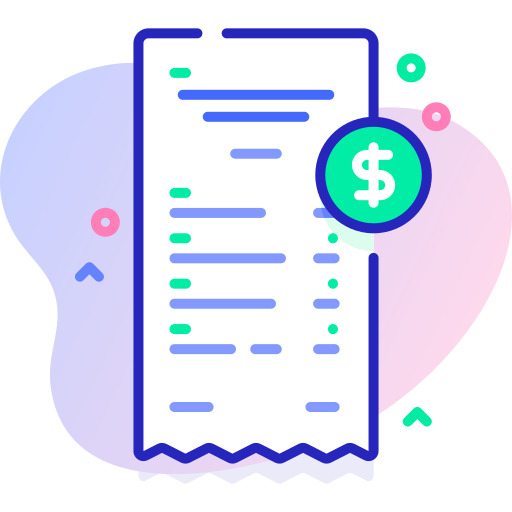
4. Track Your Expenses and Keep Receipts of Everything
This step is very important to help you see what money goes into the business and what comes out.
Tracking expenses can be as simple as keeping an Excel spreadsheet, but there are also accounting software or tools that can make managing your business a bit easier.
Be sure to keep track of all receipts and all bank statementsrelating to purchases for your business.
Keep all business-related receipts on hand or use a receipt scanning organization system.

Keep track of expenses related to:
business meetings: write the purpose of the meeting and who attended on the back of the receipt for meals, entertainment, or travel
transportation: record where, when, and why you used a vehicle for business
home office purchases
advertising and marketing
accounting software
Quiz
After a weekend event at the local farmer's market selling cupcakes, Stacy finally finds time to record if the event was profitable for the business. What transactions should she record? Select all that apply:
The cost of mini cupcakes given out can be recorded as an advertising and marketing expense. Sales made and the fee to set up a table to sell cupcakes are business-related transactions. "Purchase of lunch eaten while working" is the incorrect answer because it's a personal expense.
Last But Not Least
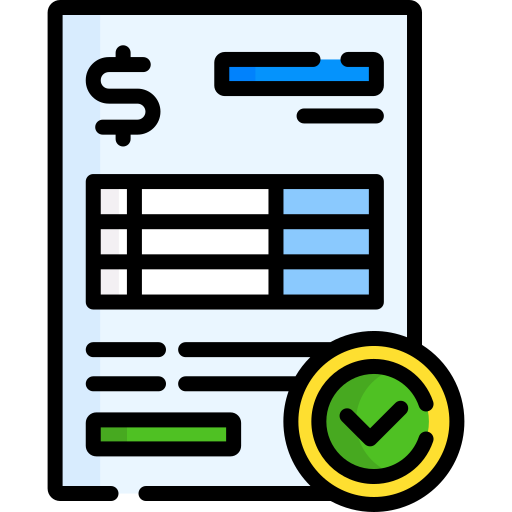
5. Learn How to Invoice
An invoice is a document given to the buyers or customers in exchange for goods or services. It essentially shows what is being sold, the costs of goods or services sold, and the due date for payment. It's an important piece of evidence for tax purposes.
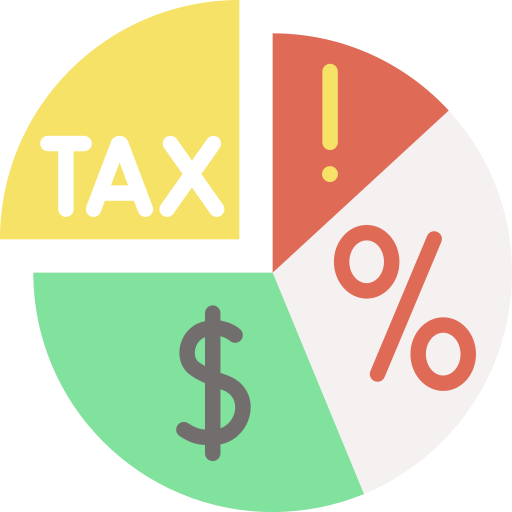
6. Set Up a System to Pay Tax Obligations
When you have a small business, you’re responsible for paying taxes on your income and profits.
A rookie mistake for first-time business owners is not taking into account tax obligations, including federal, state, and local taxes. You can adopt accounting software to help you calculate your taxes, or, just send all your receipts to your accountant.
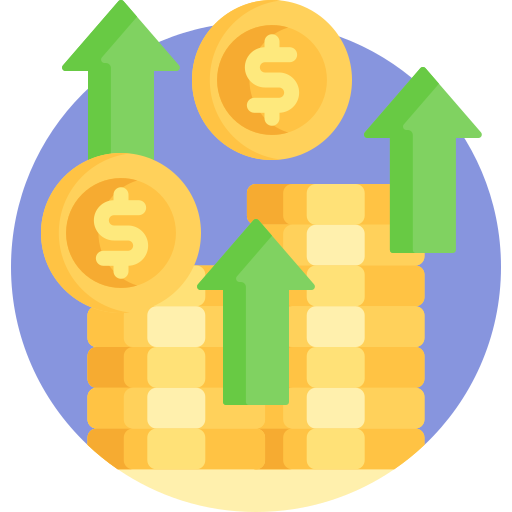
7. Calculate Gross Margins
Knowing your gross margin is fundamental to planning growth.
Gross margin is the difference between the selling price of your product or service and the cost of material (& labor) used to produce said product or service.
If Stacy sells a "cupcake-making kit" for $50 and it cost $25 to buy the materials to make the product, she'll subtract the cost ($25) from the sales price ($50), resulting in $25. She'll then divide the result ($25) by the sales price ($50) to get 0.5.
Lastly, she'll multiply that result (0.5) by 100 to get a gross margin of 50% for the "cupcake-making kit." Wow!
What a Typical Week of Bookkeeping Looks Like

Great job! You're finally done setting up your small business.
To maintain the health of your business, there are common bookkeeping tasks you must do weekly:
Record all financial transactions
Document and organize all receipts
Review unpaid bills
Pay suppliers or vendors on time
Prepare and send invoices to your buyers
Manage your cash flow
Did you know?
Take Action
As your business grows, maintaining and overseeing the business's finances can become more complicated. At some point, you'll most likely want to hire an accountant to take over all the bookkeeping and accounting responsibilities.

Whether the goal for your small business is to remain a side hustle or for it to become a large business one day, for now:
This Byte has been authored by
Cindy Mah
Learning Designer
